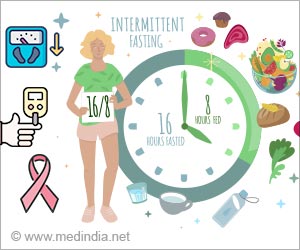Choose watermelon by tapping: Sounds of drumming in traditional Nigerian music can help you decide whether a watermelon is ripe or not, reveals a new study.

‘You can easily choose watermelon by tapping. Therefore, listening to the sounds of drumming in traditional Nigerian music can help you decide whether a watermelon is ripe or not.’
Read More..




Nigerian researcher Stephen Onwubiko has found a link between the sounds of drumming in traditional Nigerian music and the sound of fingers drumming on watermelons in the markets. Read More..
Onwubiko, a classically trained vocalist and researcher on African musical acoustics, has teamed up with physicist Tracianne Neilsen, from Brigham Young University in Utah and music researcher Andrea Calilhanna from the University of Sydney in Australia to quantify the watermelon-drumming phenomenon. Neilsen will present the findings at the 177th Meeting of the Acoustical Society of America, at the Galt House in Louisville, Kentucky.
"Most people don't have much idea about the noises around them or how they affect them," Onwubiko said. "Everyday experiences, even decision-making, are influenced by the sounds around us."
Onwubiko is working with watermelon sellers and consumers in Nigeria about their perceptions of the sounds, a field known as psychoacoustics, while Neilsen is analyzing the frequency spectrum of the traditional drum, the igba. Calilhanna is working with a mathematical approach to music theory to quantify these sounds.
The team proposes that the ingredients of traditional Nigerian music -- pitch and rhythms with shifted accents, nonaccented rhythms, and syncopations -- are the perfect ear-training for watermelon identification.
Advertisement
An igba is cylindrical in shape and is between 70 and 75 centimeters long.
Advertisement
Sounds are an integral part of the culture, pointed out Calilhanna.
"People do not realize the amount of important information that is conveyed in the sound around us and how these sounds impact cultures. In order to preserve cultures, we need to analyze traditional sounds and their impact on everyday life experiences."
Source-Eurekalert












